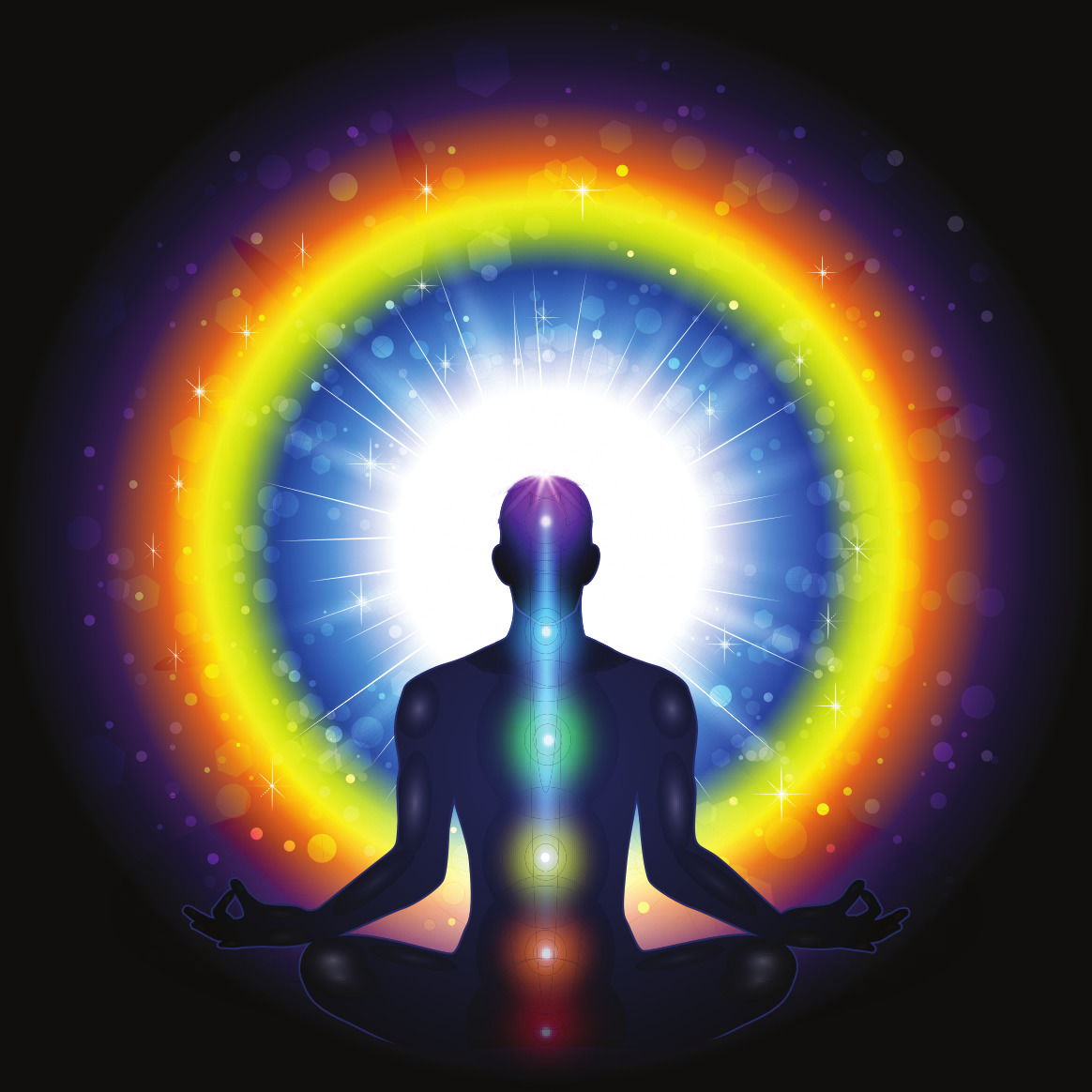
Yoga Nidra 
complete physical, mental and emotional relaxation
Yoga Nidra can benefit anyone!
Yoga Nidra is a hypnagogic state of consciousness between being wakefulness and sleep. In this state the mind is increasingly receptive and affirmations are more successful.
It is a deeply restorative tantric practice which allows the body to rest whilst bringing awareness through different levels to the state of wisdom, intuition and insight.
Yoga Nidra can be practised by anyone, as it does not require any special preparation or knowledge, just by lying down, listening and mentally following the teacher’s instructions. You may find Yoga Nidra practice more physically relaxing after Surya Namaskar (Sun Salutation) or other hatha yoga asanas, however it does not affect the efficacy of Yoga Nidra as proven by recent studies (Markil et.al., 2012).
7 benefits of regular Yoga Nidra practice
Release of muscular, emotional and mental tensions
Improvement of psychic, physiological rest and sleep
Increasing creativity
Improving self-esteem
Reduced psychosomatic illnesses (migraines, asthma, skin and digestive problems)
Improvement of nervous and hormonal systems functioning (reduced stress, anxiety, panic attacks, PTSD)
- Enhanced physical and mental health

A typical Yoga Nidra session
Yoga Nidra means “yogic sleep”. Some people do fall asleep during the practice, which is fine, as the rest and relaxation is deeply healing as well. However we encourage you to allow your body to rest while your mind stays alert, without forcing anything.
- Preparation & relaxation – shavasana and breathing
- Affirmation, sankalpa – a positive way of being you would like to seed and cultivate
- Rotation of consciousness in the body, anamayakosha – focusing the awareness on different parts of the body activates the motor cortex in the brain
- Energy body, pranamayakosha – awareness of breathing, mindful breathing
- Feelings, thoughts and sensations, manomayakosha – experiencing the opposites
- Images visualisation, vijnanamayakosha
- Affirmation, sankalpa – a positive way of being you cultivate
- Connection and bliss, anandamayakosha – feeling connection or open space
- Ending the practice
* An audio recording of the session is provided to be used routinely at home.
The change process begins with you, fill in your application below!

“Yoga Nidra is a systematic method of inducing complete physical, mental and emotional relaxation… Yoga Nidra is one aspect of pratyahara which leads to the higher states of concentration and samadhi.”
Swami Satyananda Saraswati
Book Your Free Consultation to Set a Plan for Your Success
- The initial 15-20 minutes phone or video consultation helps us to agree on the most helpful personalised approach.
- Please note that currently most therapy sessions are carried out remotely via Zoom (GMT)
Based on:
Desai, K. (2017). Yoga Nidra The Art of Transformational Sleep. Twin Lakes USA: Lotus Press.
Dol, K. (2019). Effects of a yoga nidra on the life stress and self-esteem in university students. Complementary Therapies in Clinical Practice. 35: 232–236.
Markil, N., et.al. (2012). Yoga Nidra Relaxation Increases Heart Rate Variability and is Unaffected by a Prior Bout of Hatha Yoga” The Journal of Alternative and Complementary Medicine. 18 (10): 953–958.
Miller, R. (2005). Yoga Nidra : the meditative heart of yoga. Boulder, Colorado: Sounds True.
Saraswati, S. (2002). Yoga Nidra. Yoga Publications Trust. Munger, Bihar, India.


